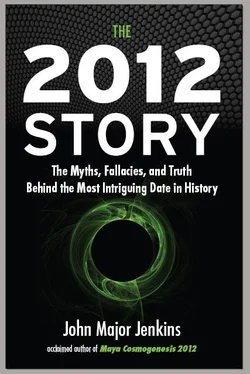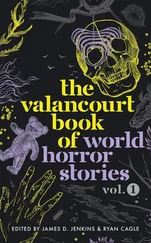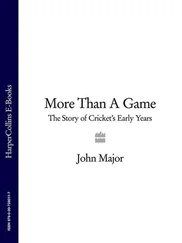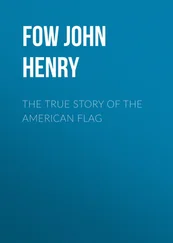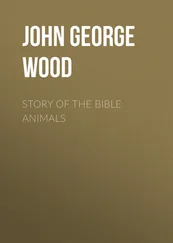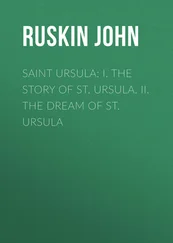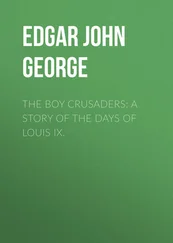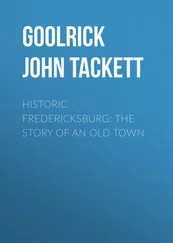The thought experiment I shared with Terence is as follows. Imagine that a garden hose is your consciousness. A bigger hose diameter means a larger consciousness. The water flowing through the hose represents events occurring in time. The volume of water that wants to pass through the hose represents the number of events that are passing through the mind. Even if this amount remains constant, the speed at which the water travels through the hose (the mind) depends on how dilated or constricted the hose is. (Pinch the end of the hose and the water flows faster and more forcefully.) This model suggests that our minds determine whether or not time speeds up.
Time acceleration may not be an inherent property of history, the necessary consequence of the passage of time, but could also be the result of an increasing constriction of consciousness. This idea gains meaning in consideration of the ancient Hindu doctrine of World Ages, the Yugas, in which each successive Yuga is characterized by a diminishment of spirituality, an ongoing restriction of consciousness. 7Time speeds up because consciousness closes down. If the speed of time’s passage is indeed a function of the dilation of consciousness, then the acceleration of time is a direct result of the collective constriction of consciousness (the disconnect from a larger spiritual context and the rise of materialism) that the end of a historical cycle brings.
Terence was a fan of the writings of Teilhard de Chardin, whose Omega Point and noosphere concepts also influenced José Argüelles (his “techno-sphere” concept is a type of technologized noosphere). Chardin’s work basically applies Darwinian evolution to spiritual unfolding. It was an attempt to marry science with a spiritual theology. Chardin was a Jesuit scientist-priest. His concept of the Omega Point suggested that humankind was approaching a new unification of consciousness on a higher level—a breakthrough into a new level of organizational complexity, in the same way that cells create an organ and organs work together in an organism.
The Omega Point is much like McKenna’s Singularity, his “trans-dimensional object” that is supposed to be born from the concrescence to occur on December 21, 2012. This new state of being touches and reflects more intimately the infinite and eternal ground state from which it originally came. Beings thereby evolve to progressively and more fully reflect their infinite Creator. An objection to Chardin’s model, which would equally apply to McKenna’s, is that infinity can’t possibly “evolve.” It’s already there, latent, and nothing in the material of historical process can “build” it. It is more accurate to think of it as being progressively revealed. How else can we explain the inner visions of mystics who have glimpsed eternity? Darwin’s idea is a bottoms-up model of new forms and species evolving over time. Chardin adds a wrinkle by suggesting that discrete levels preexist in the very architecture of the universe, just as electrons tend to group into distinct orbits around a proton, giving us law-defined predictable elements. But it’s still basically a spiritualized Darwinism, in which mutations result in a being fully conscious of its eternal ground and origin. But here’s the key difference: For Chardin, as for Terence, the process was teleological—meaning it is pulled forward by the end state, not pushed from behind by historical evolution through time.
This tops-down concept is a key idea in the Perennial Philosophy, a view of the cosmos inspired by direct experience of universal truth. Such a perspective on spirituality is found, for example, in the metaphysical wisdom taught by the twelfth-century Persian sage Suhrawardi. It is an echo of Plato’s preexisting Ideas, which are a bit closer to the concept that all change descends from above, from the immaterial spiritual realm that pours itself into lower realms of physical manifestation. The idea is alien to all but the most esoteric forms of Christianity and is central to Islamic and Oriental meta physics. Indeed, teleology threatens causality, the cause-and-effect principle at the heart of Western science, which is why it is anathema.
In order to avoid irking the priests of scientism too much, both McKenna and Chardin attempted to discreetly incorporate into the deficient models of Western science certain ancient perennial insights regarding how time and consciousness really work. But importing Oriental insights into containers built by Occidental minds is like trying to squeeze the ocean into a bottle. The implications of the Omega Point, the Singularity, and 2012ology require a radical revisioning of Western philosophy’s approach to reality. In a nutshell, consciousness doesn’t evolve, it remembers, or awakens, to its full potential. From this top-down perspective, physical brains evolve in order to accommodate awakened minds.
My friend Curt Joy noted that Terence mentioned, at one point or another, virtually everything about 2012 so it is not really possible to nail him down to one official position, especially when he’s no longer around to engage in a dialogue. His theory, however, is most known for two things: Time speeds up and something definite is going to happen on December 21, 2012. We’ve already addressed the unacknowledged subjective source of the experience of time speeding up. On the other point, the future may be predetermined but our subjective experience of it is not. So the idea of a predictable definite “something” happening for all of us specifically on December 21, 2012, seems incredibly unrealistic.
It’s possible that, for Terence, the idea made sense as a projection of the sudden “rupture of plane” experienced in the psychedelic breakthrough. Projected onto historical process, a global rupture of plane should occur at the precise moment that the molecules of time-events avalanched en masse into the central pineal gland of our collective consciousness. In other words, the subjective visionary breakthrough experienced by the shaman perhaps became a model, for Terence, for a collective breakthrough of higher consciousness. There may be some truth to this, but the main issue with this scenario is, I think, the role of individual free will.
The warning to newcomers that I would offer here is that the idea of something suddenly occurring on December 21, 2012, is highly unlikely. I don’t personally believe that it is built into the architecture of external events in quite the way that Terence laid out in his Time Wave Zero theory. Similarly, the experience of time speeding up probably has more to do with the state of our consciousness than with the boiling over of external events in history.
Finally, I’d like to offer a topsy-turvy twist on Terence’s Time Wave Zero theory. To use one of Terence’s favorite terms, it’s quite the conundrum. His Time Wave Zero theory, or Novelty Theory, describes an intensification of novel or new events as we approach 2012. In his examination of historical events, Terence saw novelty increasing when unusual or unexpected events occurred. The Berlin Wall coming down, for example. So the ultimate novel event, the most bizarre and unexpected occurrence, should occur on December 21, 2012—and that would be for the theory itself to fail , with a grand business-as-usual occurring. But with the fateful day transpiring in this way, the theory then instantly vindicates itself. The grand Nothing-In-Particular at the end of time would be the most unexpected and novel thing that could possibly occur, according to the Novelty Theory itself. Its own failure would prove its efficacy. Now, that’s a conundrum. I hope that somewhere Terence is smiling at that one.
FRANK WATERS AND THE MEXICO MYSTIQUE
Frank Waters was a brilliant thinker and an engaging writer. His classic book on the Hopi was published in 1963 and opened the discerning reading public to the vast and mysterious psyche of a misunderstood Native American group. His novel The Man Who Killed the Deer was a compassionate and profound account of the inner world of the Pueblo Indians. Waters, himself part Cheyenne, was born outside of Colorado Springs in 1902. He lived among the Hopi in the Four Corners area for many years and retired to the mountains near Taos, New Mexico. His observations in his book Mexico Mystique are those of a mature, elder philosopher, presented in sure-handed tones. We see in his explanation of his book’s title the belief that ancient worldviews can have great meaning for modern people:
Читать дальше
